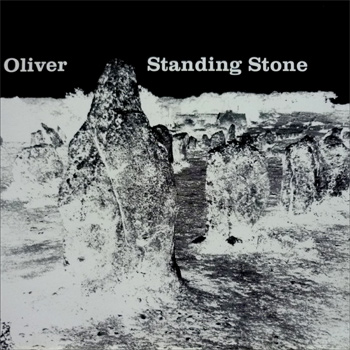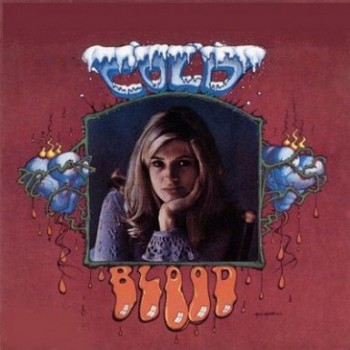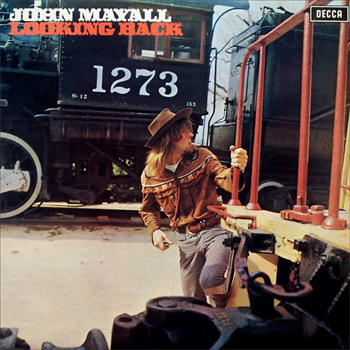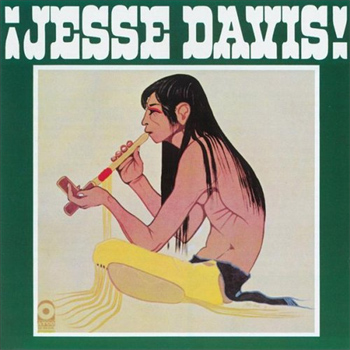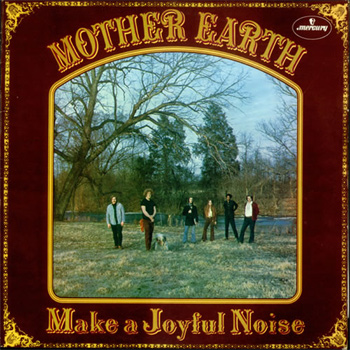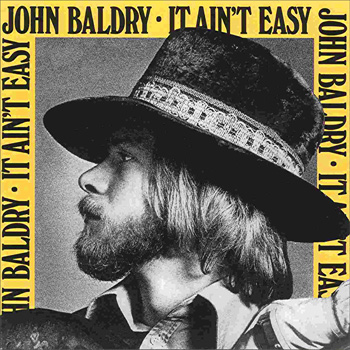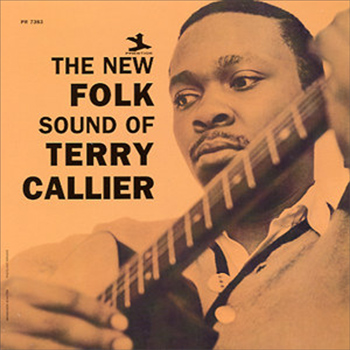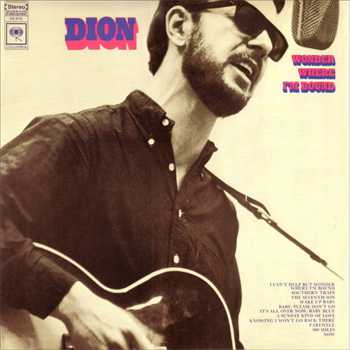Almendra “II”
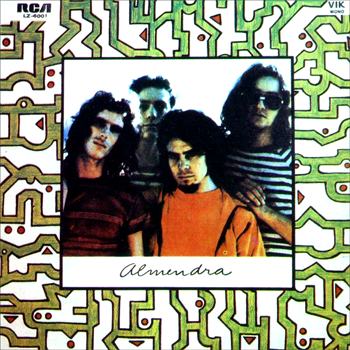
Yet another classic group out of Argentina’s inspirational seventies rock scene. Almendra is probably one of the country’s most legendary groups, if for no other reason than for laying roots for the career of Luis Alberto Spinetta, who has become the country’s most celebrated pop/rock songwriters. Almendra has more value than as some sort of origin story, however (hell, I’d go so far as to argue that this is the raddest music the man has ever made). The band’s two self-titled records are heavy, eclectic slabs of late-sixties psych grounded in smoky, Buenos Aires blues, with brief acoustic flourishes that hint at the mellower sounds to come from the quartet’s principal exponent. In fact, Almendra runs a pretty similar current to the work of fellow travelers Vox Dei.
Though the first of these two vinyl slabs is the most celebrated, its follow up is just as worthwhile. What sets this one off from the first, however, is the fact that this thing is a monster: a twenty-one track double record brimming with enough riffing and rumbling to last you halfway to the Mojave and back. Though those more familiar with European and North American hard rock might find these South American kids’ jams to be a little on the raw and unvarnished side, I find it’s that very characteristic that makes Almendra stand out from the pack. This could very well have been just another overloaded grab-bag of biker rock miscellanea, but Almendra has enough character and songwriting power to turn a now worn-out format into something earthy and reinvigorating.
That being said, the record’s finest moments do come with its occasional deviations from the norm. Los Elefantes Saben Descansar is a memorable slice of semi-acoustic psychedelia, brushed in warm bottleneck and wah-pedal guitar playing, while the short, late-period Beatles venture Jingle proves that the band could be as subtle and charming as the best of them. My particular favorite here, however, arrives when the band finally comes in and lays all these sounds down together on the fourteen-and-a-half minute opus Agnus Dei, which makes up the bulk of the first LP’s second side. Songs seem to bleed in and out, as a loopy acoustic groove slowly descends into a choogling electric improvisation. The bass work is a particular highlight here, especially during in the number’s rather chaotic final segment.
Almendra II may not be a perfect record – very few double albums like this are “ but it manages to rise above its less successful moments (the silly interlude Verde Llano, the obnoxiously loud bongos on the otherwise excellent Carmen, and a couple of somewhat generic blues-rock cuts) and reward repeated listening. This one’s best listened to the way it was intended, either on wax or with a good break to refresh your senses in-between records (for those of you digging this one on compact disc or otherwise, this would fall right after track ten, which I may as well note is another highlight, despite failing to receive a mention in the preceding paragraph). Reissues of this one are remarkably easy to come by at budget prices for whatever reason, so what are you waiting for? Get out there and dig it.
mp3: Toma El Tren Hacia El Sur
mp3: Los Elefantes (Saben Descansar)
![]() Original | 1970 | RCA Vik | search ebay ]
Original | 1970 | RCA Vik | search ebay ]
![]() Reissue | 2008 | Sony | buy here ]
Reissue | 2008 | Sony | buy here ]
